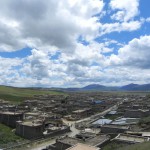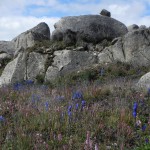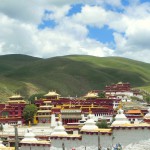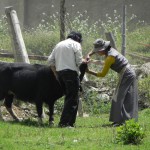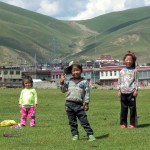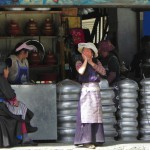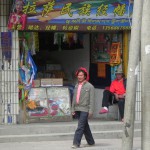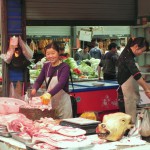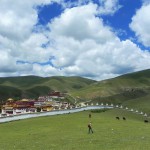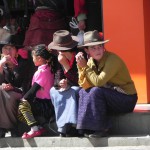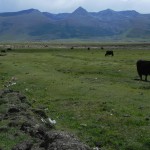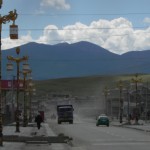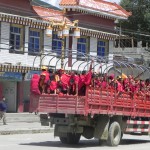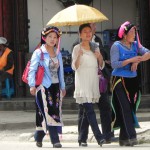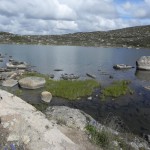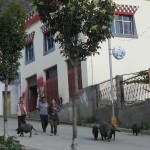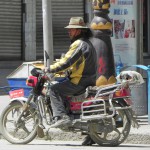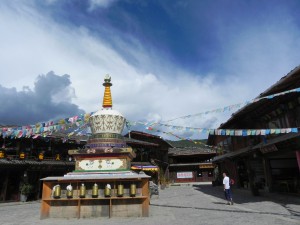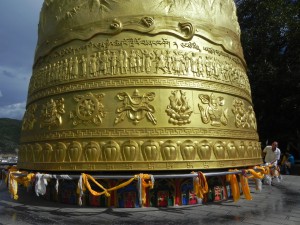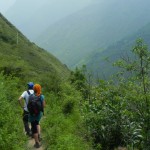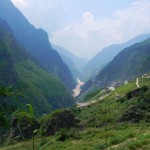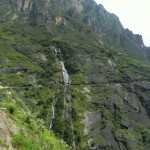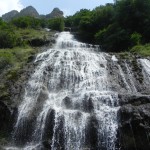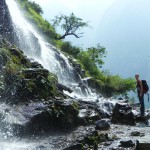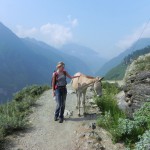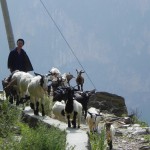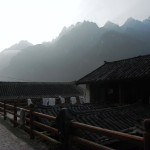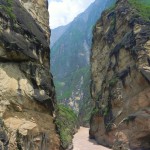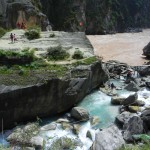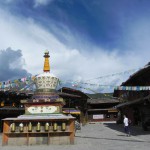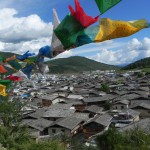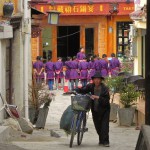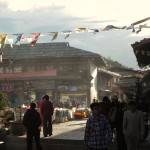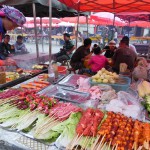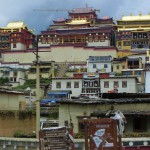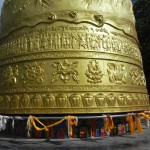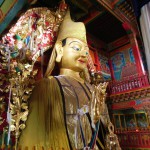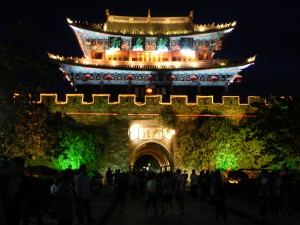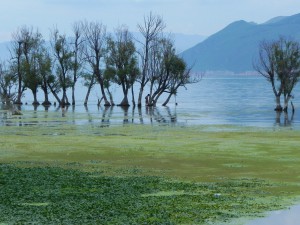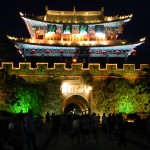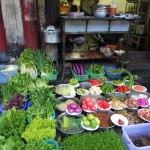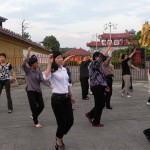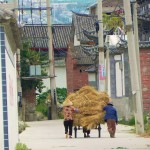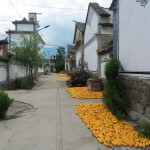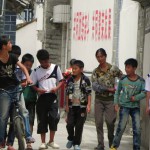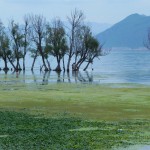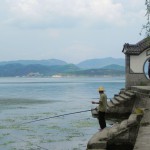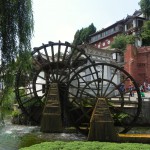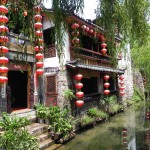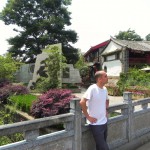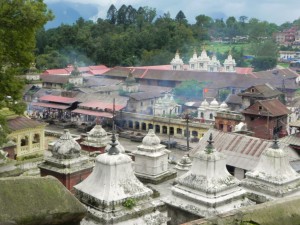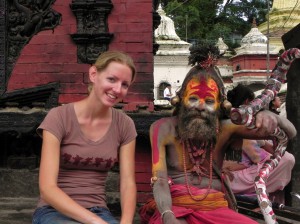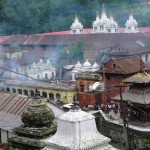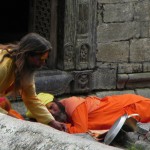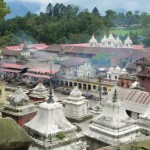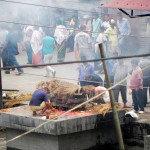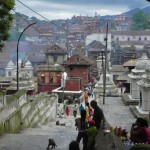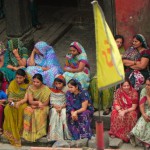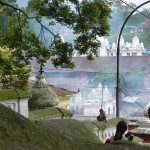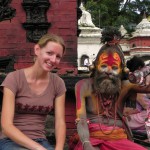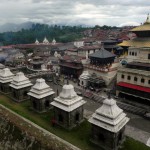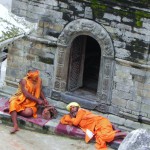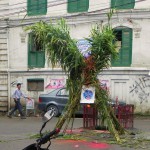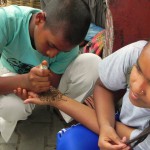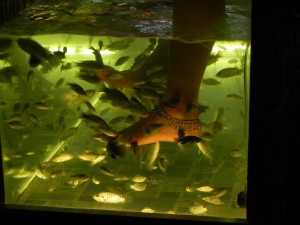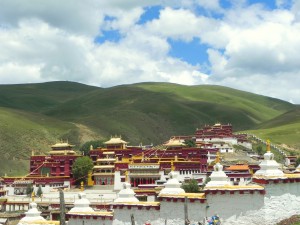 There are buses which are not there … or they are there but there are no tickets … or at least not for foreigners. Moving westwards from Shangri-La proved difficult, as first nobody wanted to sell us a bus ticket, then just one per bus. Eventually we made it to Xiangcheng, stepping stone in the far west of the Yunnan province, gateway towards Tibet, and northbound towards the Wild West of Sichuan province, our next destination.
There are buses which are not there … or they are there but there are no tickets … or at least not for foreigners. Moving westwards from Shangri-La proved difficult, as first nobody wanted to sell us a bus ticket, then just one per bus. Eventually we made it to Xiangcheng, stepping stone in the far west of the Yunnan province, gateway towards Tibet, and northbound towards the Wild West of Sichuan province, our next destination.
This time there were no tickets, for there was no bus at all. After some back and forth we managed to pull together a group of people and took a minivan which made it in record time through beautiful rolling hills.
 Litang, capital of yaks and cowboys and at 4,000 meters one of the highest towns in the world, was amazing. We just sat in foodstalls and watched the ethnically mostly Tibetan people in their traditional clothes, modern cowboys on their motorbikes, all sorts of animals in the streets. The city is surrounded by green hills and yak prairie, with low-hanging clowds and endless horizons that give you the feeling of being in the sky. Two Dalai Lamas were born here, and Litang has always been a center of Buddhism. The place is also known for sky burials, where the body of the deceased is sliced up and cut in order to serve as food for vultures – a spectacle we did not consider a tourist attraction.
Litang, capital of yaks and cowboys and at 4,000 meters one of the highest towns in the world, was amazing. We just sat in foodstalls and watched the ethnically mostly Tibetan people in their traditional clothes, modern cowboys on their motorbikes, all sorts of animals in the streets. The city is surrounded by green hills and yak prairie, with low-hanging clowds and endless horizons that give you the feeling of being in the sky. Two Dalai Lamas were born here, and Litang has always been a center of Buddhism. The place is also known for sky burials, where the body of the deceased is sliced up and cut in order to serve as food for vultures – a spectacle we did not consider a tourist attraction.
Leaving Litang again was not easy. As told we went to buy our ticket in the morning, and -surprise- apparently all tickets had already gone (to locals). Only fierce insisting with the ticket saleswoman, who, as per the rules of her profession and as all her colleagues so far, was very unfriendly, bought us a ticket to ride. After ten bumpy hours on the Sichuan-Tibet highway, which basically is one big construction site, we made it to Kanding, halfway to Chengdu.

